BVI Hunter
Bronze Member
- Joined
- Apr 8, 2013
- Messages
- 2,092
- Reaction score
- 1,901
- Golden Thread
- 2
- Location
- VIRGIN ISLANDS
- 🥇 Banner finds
- 2
- 🏆 Honorable Mentions:
- 1
- Detector(s) used
- ACE 250
AT Pro
SEA HUNTER 2
Garrett Pro Pointer
Ghost Amphibian Headphones
Vibra Probe 580
Vibra Tector 730
- Primary Interest:
- Metal Detecting
Back to my pals old property and found had a signal close to this pot.
I had previously picked up lots of surface bottle finds so moved this out of the way to use the pinpointer - but the signal had gone
Looked inside and saw what turned out to be coins!!!!
Will try to clean these up a bit, the soil was packed quite hard inside.
Picture below show the pot (outside and inside) and the coins as found!
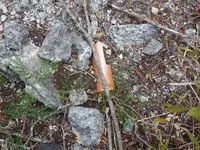
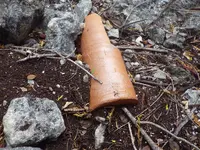
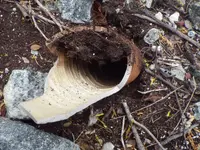
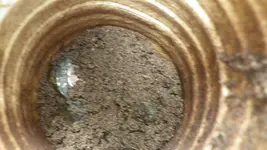
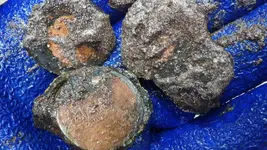
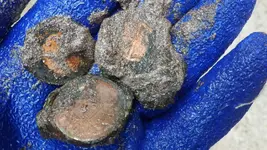
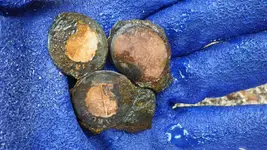
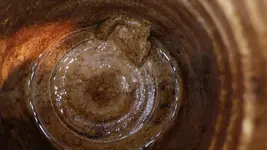
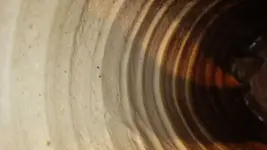
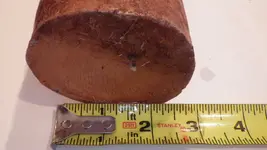
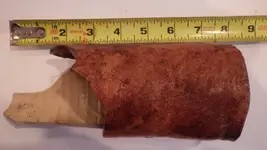
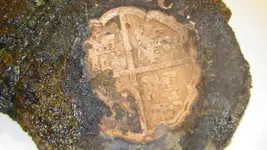
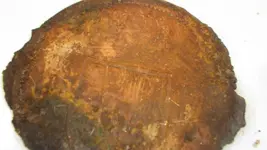
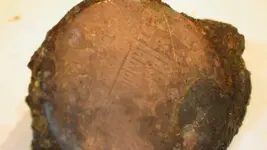
I had previously picked up lots of surface bottle finds so moved this out of the way to use the pinpointer - but the signal had gone

Looked inside and saw what turned out to be coins!!!!

Will try to clean these up a bit, the soil was packed quite hard inside.
Picture below show the pot (outside and inside) and the coins as found!















Amazon Forum Fav 👍
Upvote
66



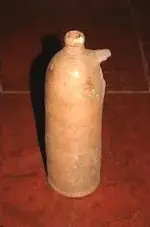
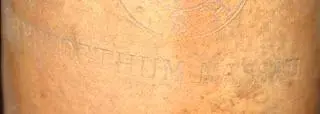
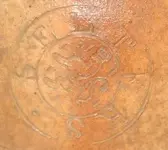







 and I don't blame you for keeping some much farther away than arm's length.
and I don't blame you for keeping some much farther away than arm's length.